This afternoon in the grounds of the beautiful Montjuïc Park in Barcelona, Huawei has entered the fold – launching the stunning Mate X 5G foldable phone.
The announcement, made at the tail end of a press conference about their new MateBook laptops, drew visible gasps and appreciative looks from the audience of journalists, analysts and Huawei staff – many of whom would not have even known of the phone’s existence prior to today, much less having seen what it is (or, rather, will be) capable of.
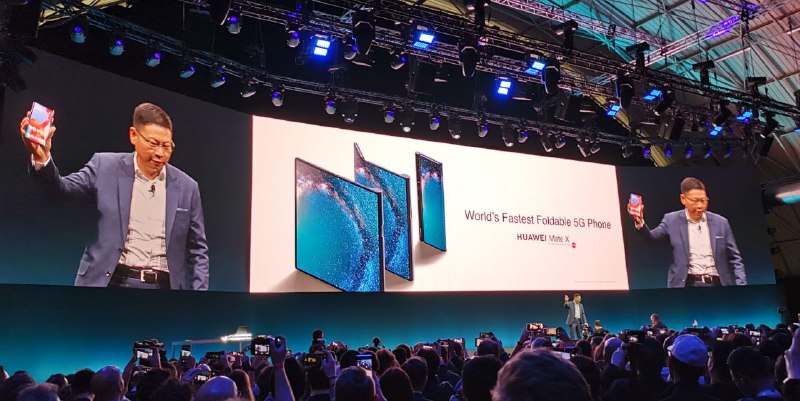
Billed as the first phone combining foldable technology with a 5G radio, the Huawei Mate X is a stunning foldable premium smartphone. It contains the top-shelf Kirin 980 processor, paired with Huawei’s blazing fast Balong 5000 all-in-one 5G radio chipset. The company’s message is the future of design, the future of technology and it’s clear to see that Huawei has done something brilliant with both here.
Broadly speaking, the Mate X is an 8-inch tablet that folds in half to form a regular 6.6-inch smartphone. Huawei hasn’t compromised the folded design here; there’s no substandard screen sizes. Huawei has made sure that, when folded, the Mate X is a perfectly serviceable smartphone, but it has a number of party tricks too.
It’s not just a 6.6-inch display; there’s also a ‘rear facing’ 6.38-inch display which (when folded) sits alongside the rear-facing 3-camera array. This can be used as a self-view display for photography subjects. Why take a photo that your subject can’t see, when you could use the rear-facing display as a ‘mirror’ so your subject can adjust themselves for the perfect photo?
When unfolded, the Mate X offers both the 8-inch display with a rear-facing camera to rival most smartphones; don’t ever be that iPad-wielding tourist again. The Mate X will take a better photo, and look significantly better.
Unfolded, the Mate X can be used for either a wider-screen interface for your apps (e.g. a bigger screen for emails, watching video, browsing the web) or you can use a side-by-side interface. Richard Yu demonstrated on stage an email and gallery app side by side, showing how you could easily drag photos from the gallery onto the email app, to accurately and quickly send the right content to the right person, quickly and easily.
On one edge (when unfolded) the Mate X has what Huawei calls ‘a post’, a slightly thicker part of the device which contains many of the important parts, as well as the USB-C port, power button (with integrated fingerprint sensor) and volume rocker. It’s not just utilitarian, though, the post also makes for a convenient way to grip the Mate X, and Huawei is confident this will make it comfortably usable single-handed.
When folded, the Mate X will be just 11mm thick (slightly more than your average smartphone at about 9mm), but when unfolded, it’s just 5.4mm thick, making it incredibly thin (while remaining sufficiently sturdy for real-world use).
A key point of difference? This isn’t just a foldable. It’s 5G too. On sub 6GHz band 5G, Huawei Mate X supports speeds up to 4.6Gbps or so. Using the mmWave frequency, that speed jumps up even further. Amazingly, the Huawei Mate X can combine both these 5G frequency bands (on compatible carriers) to get download speeds in excess of 6Gbps.
Other key details include a 4,500 mAh battery (in two components split one into each ‘side’ of the screen), and a 55W Super Charging system which can return 85% life to the phone after 30 minutes charging. There’s also dual-SIM connectivity; 3G/4G/5G on the first slot, and 3G/4G on the second (or you can use Huawei’s proprietary memory expansion in the second slot for more storage.
Phwoar.
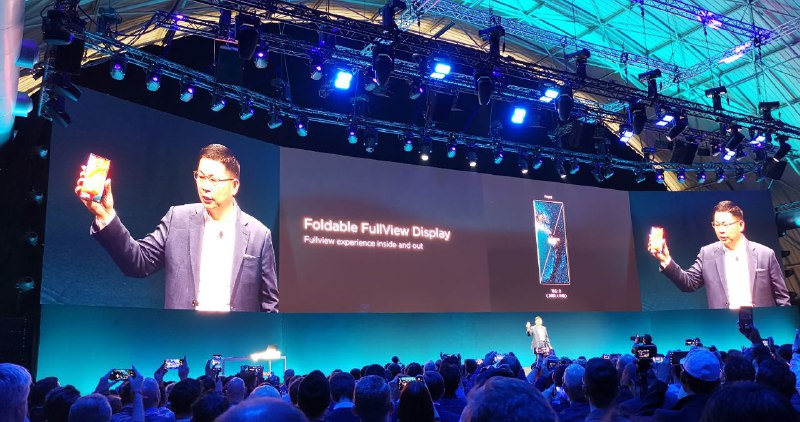
I guess you’d want to know at this point – as I do – when you can get your hands on one of these things. Reality is, Huawei has very few of these phones in existence at this point. We understand Huawei might have as little as eight to ten of these devices in very, very limited circulation.
When can you get one? The answer is sometime around “mid 2019”, and the starting price is going to make your eyes bleed.
At €2299, the Mate X comes with 8GB RAM and 512GB storage. Huawei’s Richard Yu acknowledges that this is hugely expensive, but also notes that the technology in this device is groundbreaking and thus justifies the cost. Whether that proves true, or not, is to be seen but at least now we know.
So far as announcements go, this has been one of the most captivating I’ve seen in a little while. Behind the scenes, I’m so used to seeing journalists pre-briefed and paying little attention at announcement events. Huawei has made the exception today; I’ve never seen so much attention paid towards what’s happening on stage.
We know this would be a weird and wonderful MWC, and so far, I am impressed.

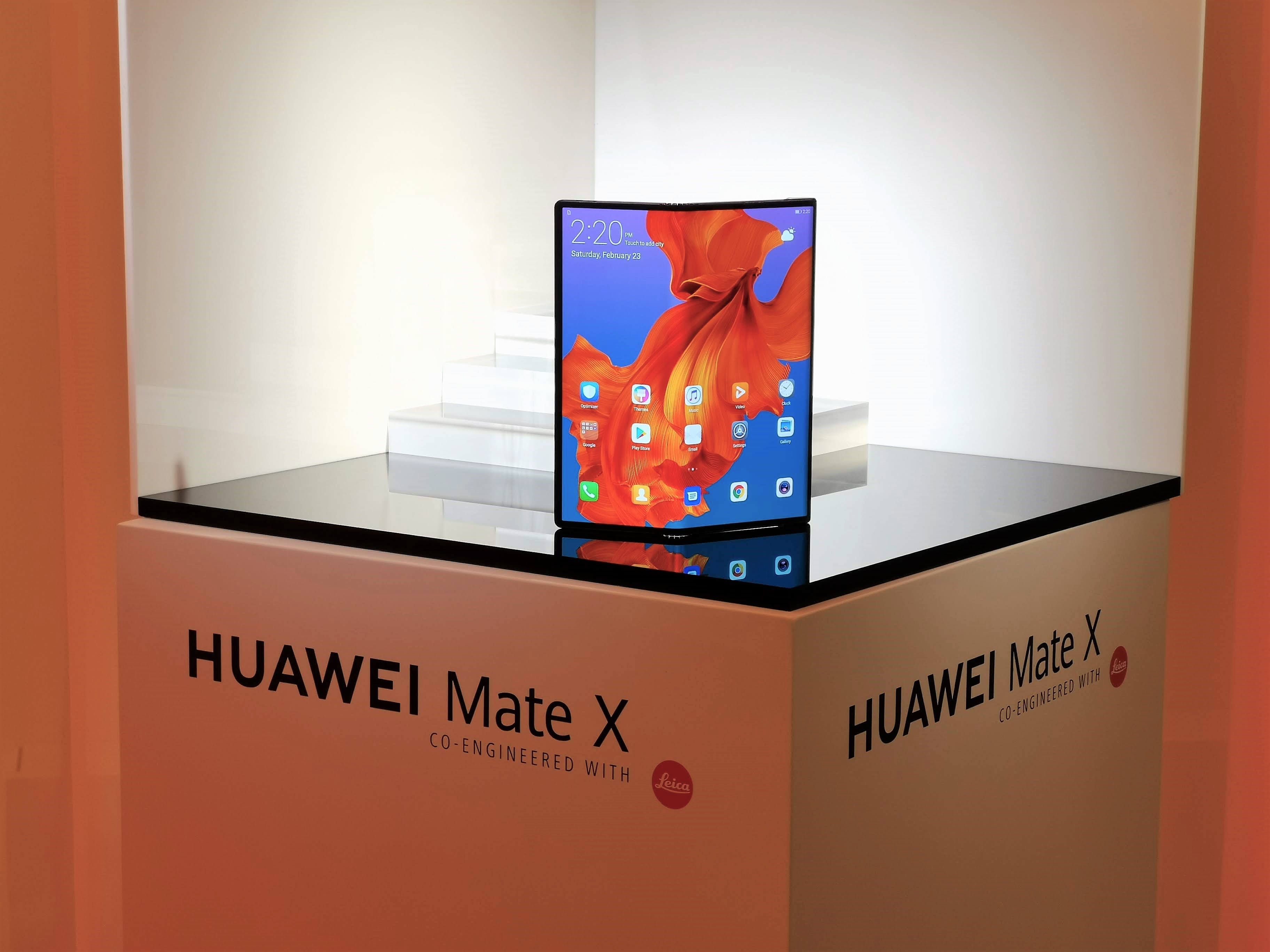
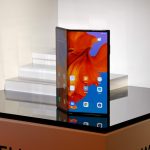
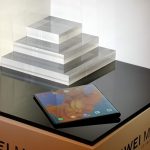
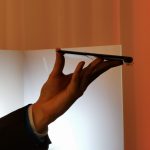
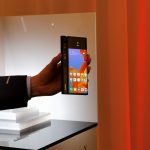



That’s a pretty small battery for a screen of that size. Will it last a day? If not how do you replace the batteries within the year when they are 🌵
The screen is an OLED design, so it’s entirely possible the 4,500 mAh battery capacity should do alright, especially as Huawei further optimise the whole thing before it becomes available.
That’s how you do a foldable phone…except for the price. Makes Samsung’s looks like the two s9s slapped together that it is.
This.
It appears as though the screen wraps around the outside of the device. No case on this $4000 phone then? Don’t drop it!